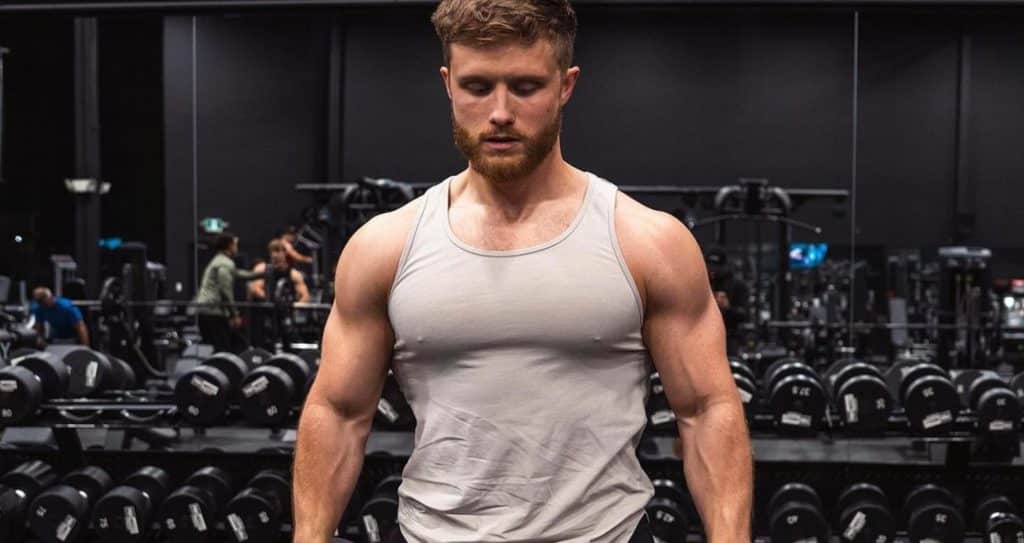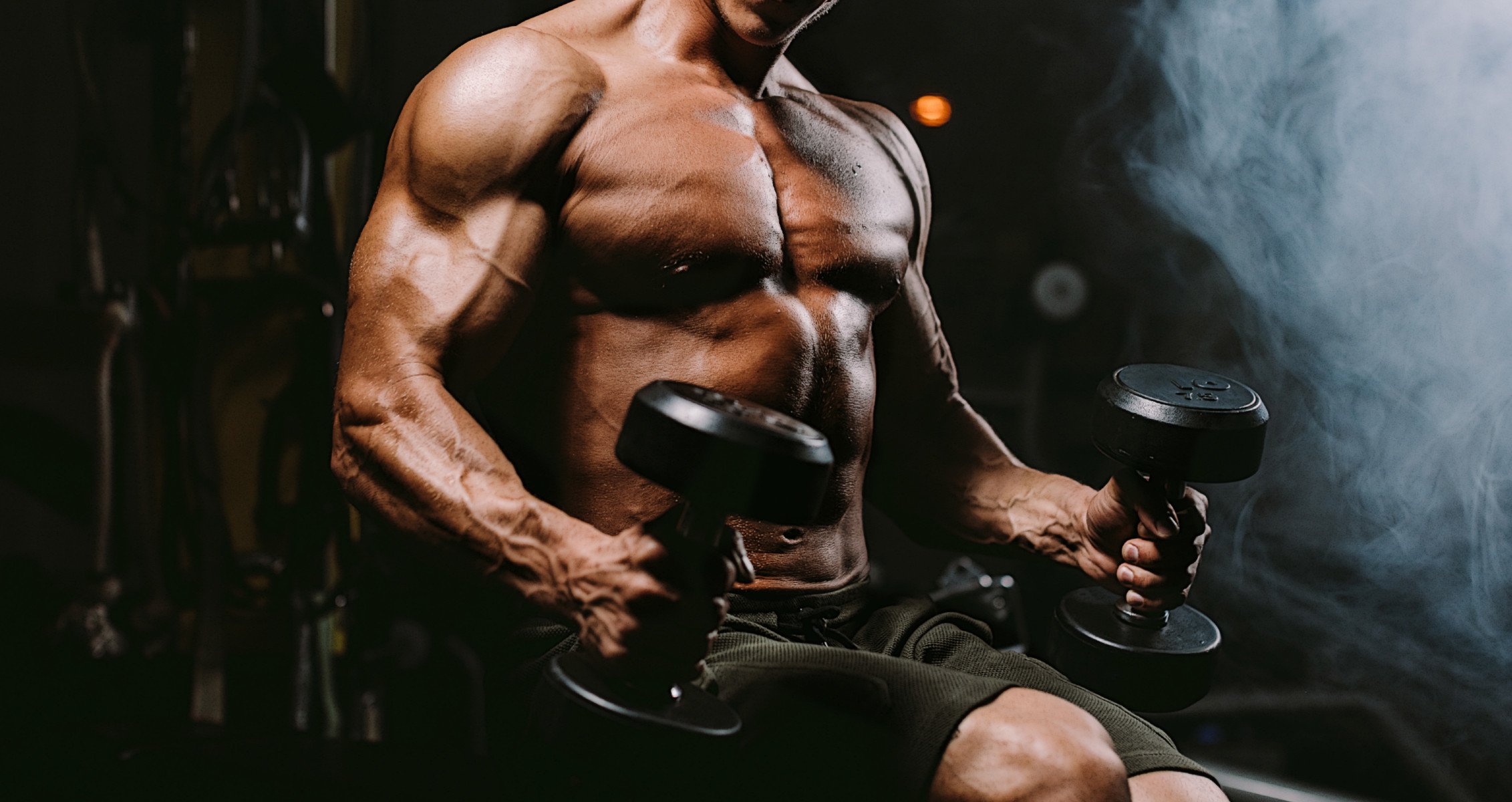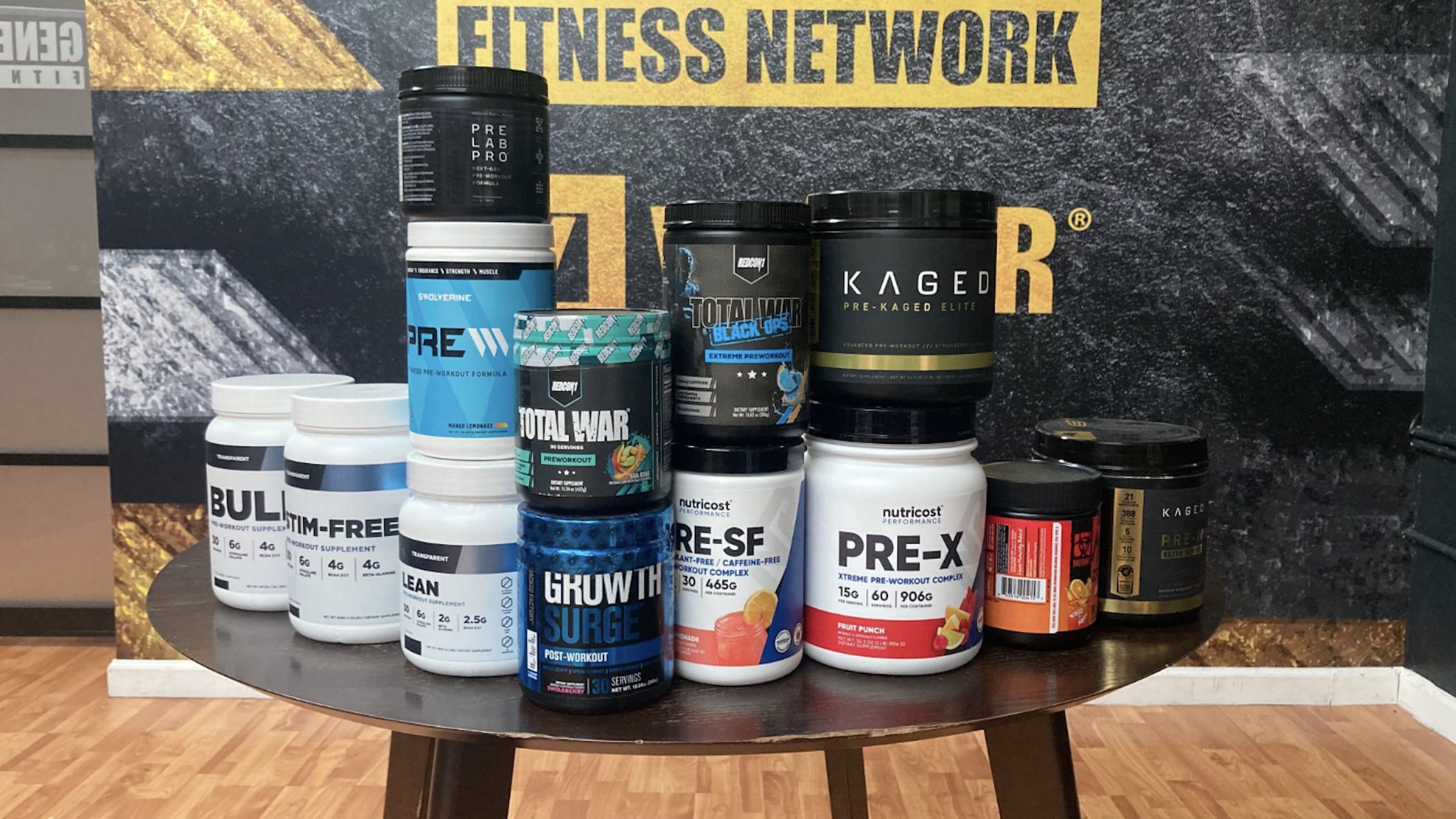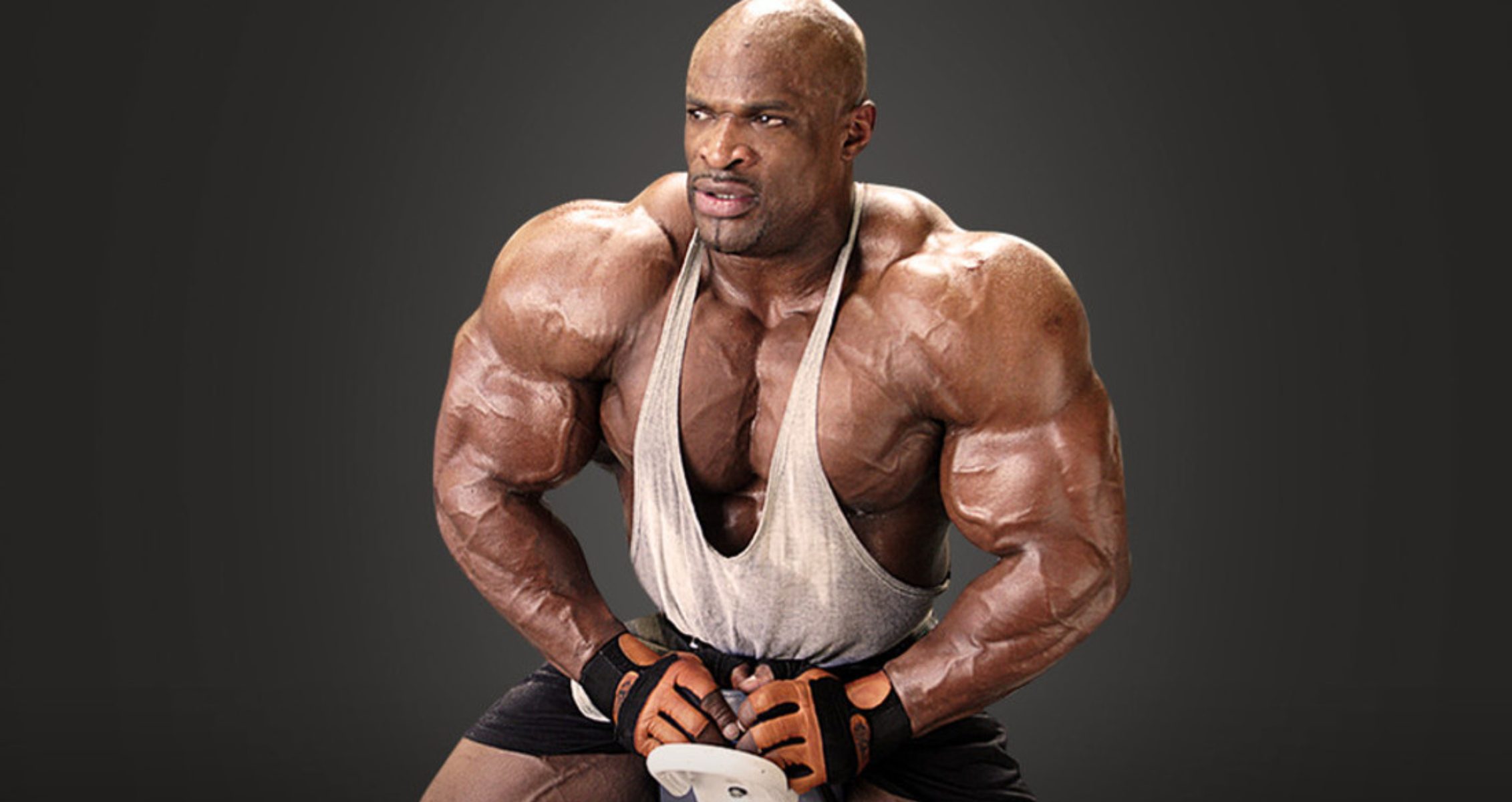Jeff Nippard recommends raising dumbbells in a Y position for more delt activation during front raises.
Jeff Nippard, a renowned fitness trainer, accomplished lifter, and drug-free natural bodybuilder, has revolutionized the bodybuilding world with his extensive array of scientifically-backed fitness strategies. Holding a degree in kinesiology, Nippard has also fostered a vast community of followers by demonstrating that significant muscular development is achievable without using performance enhancers.
This article delves into Jeff Nippard’s latest insights on four exercises he deems overrated for gym-goers. He meticulously dissects these exercises and offers alternative training methods that promise enhanced strength and muscle growth, targeting your muscles more effectively.
Jeff Nippard’s 4 Overrated Exercises & Alternatives for Gains
- Front Raises
- Waiter Curls
- Standing Dumbbell External Rotations
- Above-Knee Rack Pulls
View this post on Instagram
Front Raises
The front raise is first on Jeff Nippard’s list of overrated exercises. It’s a weight-training exercise that targets the anterior delts and upper pecs. It’s an isolation exercise that allows flexion and extension at shoulder joints. Bodybuilders’ go-to equipment for this exercise is the dumbbell, but other free weights like kettlebells, barbells, or resistance bands can also be used.
Nippard says when doing a front raise, instead of raising the dumbbells straight ahead, raise them out in a Y-position. This way, you involve the lateral delts more, building well-defined shoulders. He also adds that you can do dumbbell side raises instead of doing this.
“First, front raises. Your front delts already get hammered from any horizontal or vertical pressing in your program. You almost never need any extra isolation workout for the anterior delts. Instead of raising the dumbbell straight ahead, raise them out in a Y, so that you can get more of the side delt fibers involved, or you can place any front raises in your program with side raises instead.”
How to Perform Front Raises by Jeff Nippard
- Grab a pair of dumbbells with an overhand grip and stand with your feet shoulder-width apart.
- Brace your core, slightly bend your knees, chest up, shoulders firm, and hands firmly gripping the dumbbells, palms facing down. This is your starting position.
- Inhale and lift your arms in a Y-position until they are parallel to the floor.
- Pause for about two seconds, exhale, and in a controlled manner, lower the dumbbells back to the starting position, making it one rep.
- Repeat for as many reps as you desire.
Waiter Curls
The waiter curl is a weightlifting arm-build exercise that targets the long head of the biceps. This arm curl variation also targets the brachialis (elbow flexor). Waiter curls can be done with free weights like kettlebells, barbells, and dumbbells.
Jeff Nippard admits that this exercise builds the arms. However, the unique grip used when performing it can cause hyperextension in the wrists, which increases the chance of injuries and limits curl movement.
“Second, waiter curls. These will hit the biceps since you are flexing your elbow, but hyperextending your wrists will limit your ability to overload the movement. I just do standard EZ bar curls or straight bar curls instead, and if you’re worried about your forearms taking over, just take a slightly looser grip.”
Nippard suggests a straight bar or EZ bar curls as a great alternative. The EZ bar curl equally targets the biceps and forearms. It builds massive arms and reduces strain on the forearms and wrists.
How to Perform EZ Bar Curls by Jeff Nippard
- Grab the EZ bar with an underhand grip with your feet shoulder-width apart.
- Let your hands fully extend downwards so the bar is at your waist.
- Brace your core, slightly bend your knees, chest up and shoulders firm. This is your starting position.
- Next, slowly curl the EZ bar up to your chest and pause for about two seconds.
- Slowly lower the bar in a controlled manner back to the starting position, making it one rep.
- Repeat for as many reps as you desire.
Standing Dumbbell External Rotations
View this post on Instagram
The standing dumbbell external rotation isn’t a popular exercise amongst athletes. However, it’s effective for building and strengthening your posterior delts. Other secondary muscles include your traps and forearms.
Jeff Nippard says people like to perform this exercise to warm up their shoulders. Research has shown that warm-ups before major exercises boost performance (1). He also adds that performing this exercise using dumbbells as weights doesn’t add any resistance to your external rotators. Nippard suggests doing an external cable rotation or using a resistance band that adds stability and puts constant tension on your target muscles instead. The cable variation makes you spend more time under tension, placing pressure on target muscles, which induces muscle hypertrophy (2). Cable external rotations are also unilateral, which could help with strength training and fixing muscle imbalances.
“Third, standing dumbbell external rotations. A lot of people do these to warm up their shoulders, but gravity points down, meaning that the dumbbells aren’t actually applying any resistance to your external rotators. You might as well do them without the dumbbells. However, if you use a cable or a band, all of a sudden, you’ve got tension pointing in the right direction.”
How to Perform Cable External Rotation by Jeff Nippard
- Attach a cable to the midpoint of the functional trainer just above your waist.
- Lock your elbow by your side and position your forearm across your belly, paralleling your forearm to the floor. This is your starting position.
- Next, exhale, lock your elbow, and pull the cable slowly away from your body, rotating your shoulders.
- Pause for about two seconds and slowly, in a controlled manner, return your arms to the starting position while keeping your elbow locked. This is one rep.
- Switch to the other arm and mirror the movement.
- Repeat for as many reps as you desire.
Above-Knee Rack Pulls
The above-knee rack pull is a partial range of motion movement compared to the deadlifts. It’s a weight-training movement that works and builds muscle mass in your posterior chain muscles while improving grip strength. Nippard says he prefers to do deadlifts to build strength and shrugs to build upper traps rather than just one exercise. Deadlifts are compound exercises that build the posterior chain, glutes, and hamstrings.
How to Perform Deadlifts by Jeff Nippard
- Stand with your feet shoulder-width apart.
- Lower into a squat position and grab the barbell slightly more than the shoulder-width length.
- Push your chest with your face facing straight, and straighten your back. This is your starting position.
- Take a deep breath and pull up with the barbell until you stand straight.
- Slowly lower yourself to the starting position, making it one rep.
- Repeat for as many reps as you desire.
Follow us on Instagram, Facebook, and Twitter for more fitness tips!
References
- Fradkin, A. J., Zazryn, T. R., & Smoliga, J. M. (2010). Effects of warming-up on physical performance: a systematic review with meta-analysis. Journal of strength and conditioning research, 24(1), 140–148. https://doi.org/10.1519/JSC.0b013e3181c643a0
- Burd, N. A., Andrews, R. J., West, D. W., Little, J. P., Cochran, A. J., Hector, A. J., Cashaback, J. G., Gibala, M. J., Potvin, J. R., Baker, S. K., & Phillips, S. M. (2012). Muscle time under tension during resistance exercise stimulates differential muscle protein sub-fractional synthetic responses in men. The Journal of physiology, 590(2), 351–362. https://doi.org/10.1113/jphysiol.2011.221200








